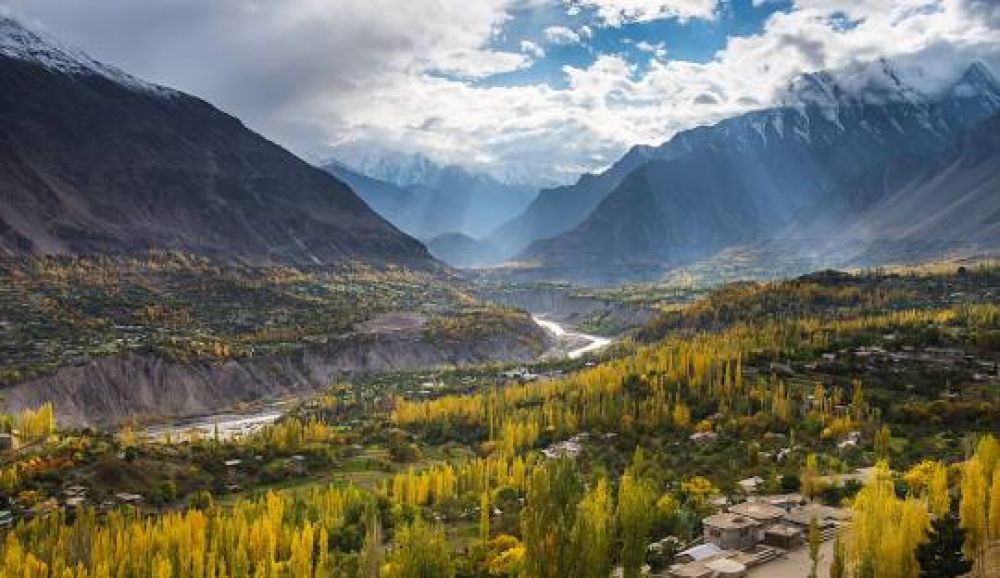

Nestled in the heart of the majestic Karakoram mountain range, the Hunza Valley is a gem in the crown of Pakistan's natural beauty. Known for its breathtaking landscapes, vibrant culture, and historical significance, Hunza has emerged as a premier destination for travelers from around the globe.
Tourism in Hunza Valley began to pick up pace in the 20th century. Prior to this, the valley was a secluded haven, known only to the most adventurous of travelers and traders who traversed the ancient Silk Road. During the British Raj, the valley saw a slight increase in foreign visitors, mainly colonial officers and explorers keen on surveying the region and engaging in mountaineering expeditions.
It was not until the construction of the Karakoram Highway in the 1970s that the region became more accessible to the outside world. The highway, which connects Pakistan to China through the Khunjerab Pass, opened up new avenues for trade and, as a consequence, tourism. This led to a growing interest in the natural and cultural richness of Hunza Valley.
Today, tourism is a vital part of Hunza's economy. The valley attracts tourists with its unique blend of stunning scenery, pleasant weather during the summer months, and a rich tapestry of history and tradition. The hospitable nature of the local Hunza people also adds to the valley’s allure.
Eco-friendly and Sustainable Tourism is one of the latest trends in Hunza tourism. Visitors are increasingly interested in experiencing the local culture in a way that is sensitive to the environment and beneficial to local communities.
Adventure Tourism continues to be a significant draw with opportunities for trekking, mountaineering, and camping being among the main attractions. The valley serves as a gateway to some of the world’s highest mountains, including Rakaposhi and Ultar Sar.
Cultural Tourism is gaining momentum as tourists seek to immerse themselves in the local traditions and way of life. This includes visiting centuries-old forts such as Baltit Fort and Altit Fort, participating in local festivals, and exploring the valley’s rich musical heritage.
Digital Nomadism is another growing trend, with the valley offering an idyllic setting for remote work. The increase in digital infrastructure has made it easier for travelers to stay connected while enjoying the serene environment.
In recent years, the Pakistani government has also taken steps to improve accessibility and facilitate tourism. This includes easing visa restrictions for visitors from many countries, developing better road networks, and improving local amenities in tourist hotspots.
When planning your visit to Hunza Valley, consider the best time to travel, which is typically between May and October. Be prepared to respect local customs and the natural environment. Lastly, immerse yourself in the enchanting beauty and hospitality of Hunza, which is sure to provide an unforgettable experience.